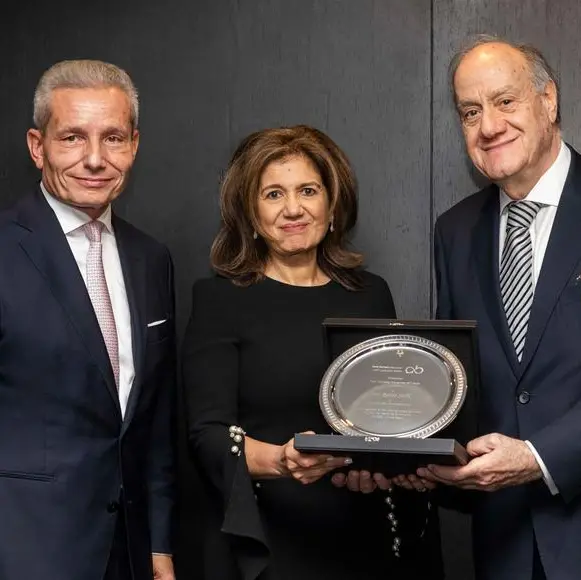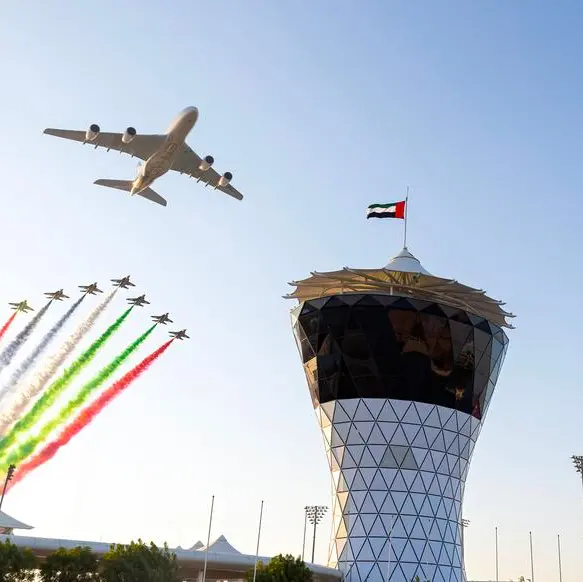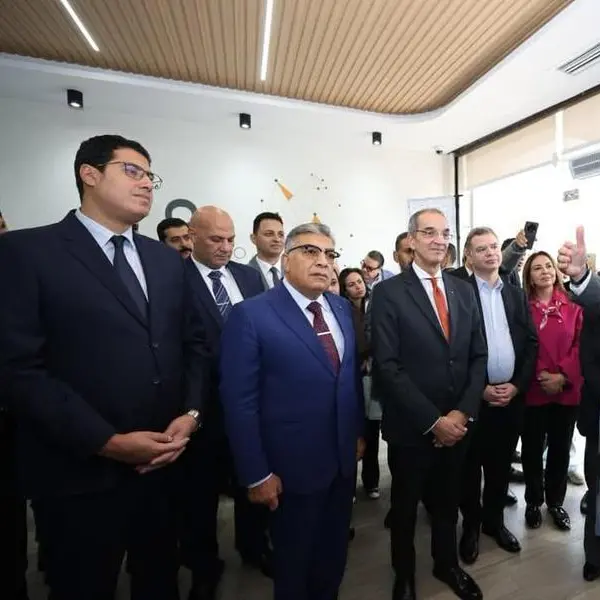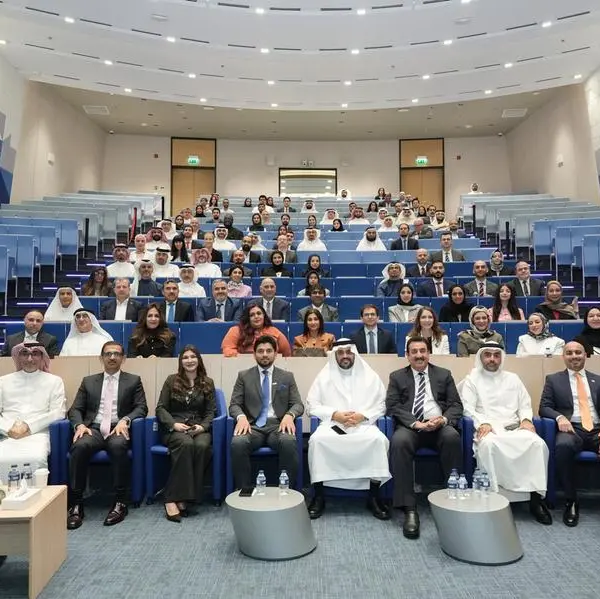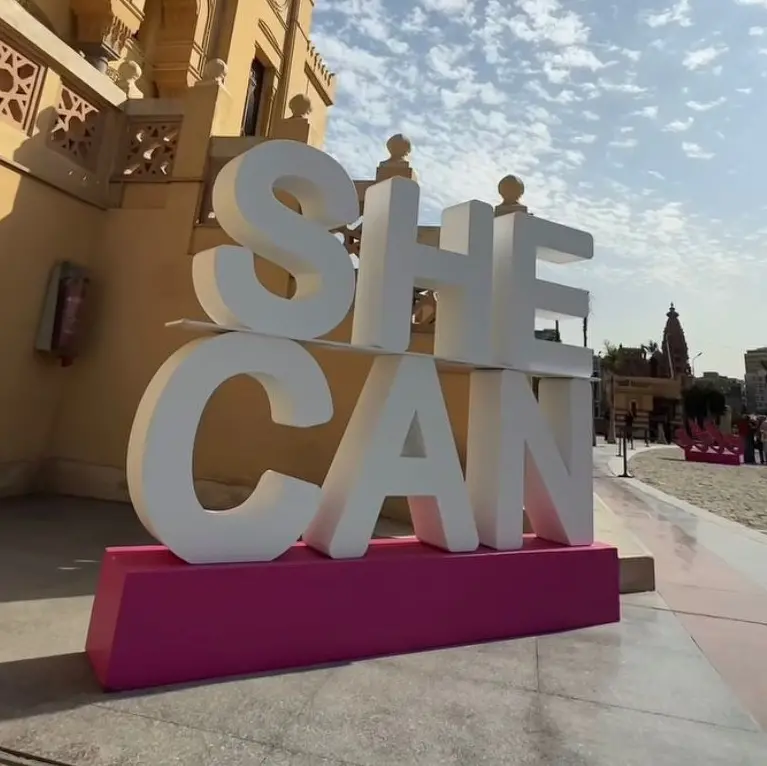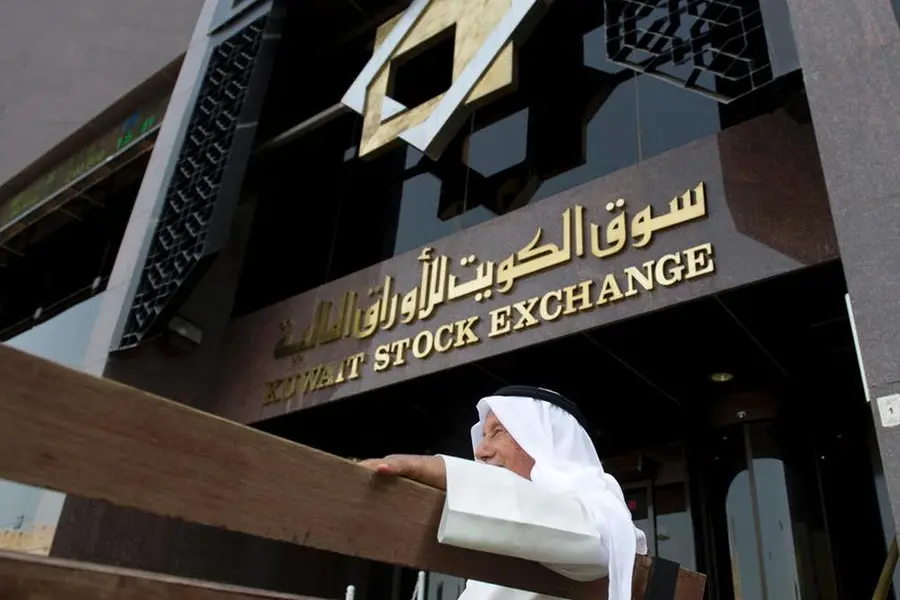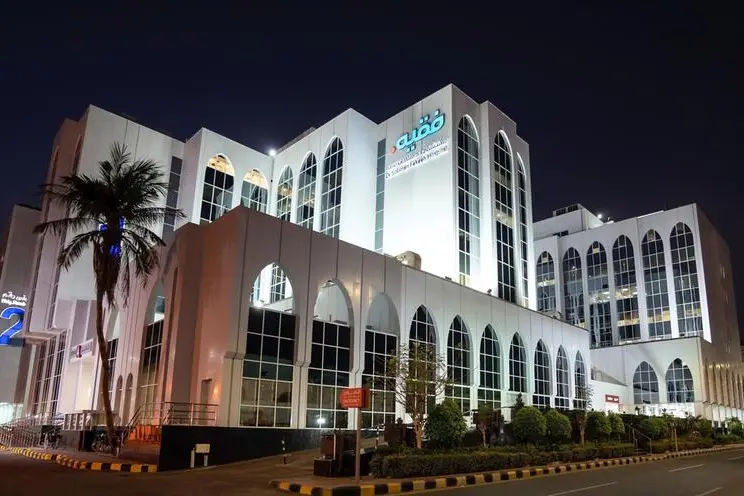S&P Survey - conducted by Gallup, GFLEC, and World Bank - finds major deficiencies globally in understanding of savings and borrowing; GCC has large financial literacy gaps across income and education
UAE, DUBAI. - In one of the most extensive measurements of global financial literacy to date, the Standard & Poor's Ratings Services Global Financial Literacy Survey (S&P Global FinLit Survey) released today finds that two-thirds of adults worldwide are not financially literate and there is a wide gap between men and women's literacy, including in highly developed countries.
In the GCC region however the results were not as disparate, with 40 percent of men being financially literate in comparison to 36 percent of women. Interestingly, all ages interviewed in the region scored similarly on their respective financial literacy rates with all age ranges achieving an average of 38 percent literacy. More specifically, 44% of adults in Kuwait are found financially literate, compared with 40% in Bahrain and 31% in Saudi Arabia.
The S&P Global FinLit Survey found that citizens, in the UAE specifically, with less education and lower incomes are more financially literate than their counterparts in most other emerging economies. However the survey results also show that UAE adults have a relatively weak understanding of compound interest given the high credit card use in the region.
Courtney Geduldig, Executive Vice President of Public Affairs at McGraw Hill Financial, parent of S&P said:
"We are committed to creating stronger financial markets all over the world. We believe there are correlations between financial literacy, financial access, and the strength of markets. Addressing financial literacy is a key strategy in building stronger, more accessible and sustainable markets around the globe."
The S&P Global FinLit Survey shows that in almost every country apart from the UAE, there is a material gap between men and women. Worldwide, there is a five-point gender gap, with 35 percent of men being financially literate compared with 30 percent of women. However, in the UAE, women's financial literacy averages 4 percentage points higher than men's. Notably, in China and South Africa, there was no gender gap.
Leora Klapper, lead economist, the World Bank Development Research Group said:
"With technology spreading the design of innovative banking services and payment methods, it's critical that we understand who knows what around the world,"
My hope is that this data will help policymakers in finding ways to boost financial literacy and consumer protection and help open the door to greater financial inclusion and economic empowerment."
The survey results come from interviews conducted with more than 150,000 adults in more than 140 countries who were tested on their knowledge of four basic financial concepts: numeracy, interest compounding, inflation, and risk diversification. The data were collected in 2014 by Gallup as part of the Gallup World Poll and analytical support was provided by researchers at the World Bank Development Research Group and the Global Financial Literacy Excellence Center (GFLEC) at the George Washington University.
Additional findings from the S&P Global FinLit Survey include:
• Within the G7 group (Canada, France, Germany, Great Britain, Italy, Japan, and the United States) of countries, financial literacy varies enormously, from a low of 37 percent in Italy to a high of 68 percent in Canada.
• In the U.S., about 60 percent of adults have a credit card. According to the survey findings, more than a third of these adults have relatively low financial literacy, and 34 percent could not answer the question on compound interest correctly.
• 30 percent of Americans who finance their homes through bank financing could not answer the question on compound interest correctly.
• 61 percent of adults in China do not save for old age. About 72 percent of those non-savers have low financial literacy, according to the survey findings.
• About 47 percent of adults in India - 415 million adults - lack a bank account. Roughly 80 percent of those without bank accounts have weak financial literacy.
• There is wide variation in financial literacy rates across economies in Sub-Saharan Africa. At 15 percent, Angola and Somalia are among the countries with the world's lowest financial literacy rates. At 52 percent, Botswana's rate is the region's highest and comparable with the average of high-income OECD economies.
A comprehensive overview of the survey findings can be found at FinLit.MHFI.com.
Media Contacts:
Georgia Lewis
glewis@bellpottinger.com
Josy Soussan
josy.soussan@standardandpoors.com
About Standard & Poor's:
Standard & Poor's Ratings Services, is the world's leading provider of independent credit risk research and benchmarks. We have approximately 1.2 million credit ratings outstanding on government, corporate, financial sector and structured finance entities and securities. With nearly 1,400 credit analysts in 26 countries, and more than 150 years' experience of assessing credit risk, we offer a unique combination of global coverage and local insight. Our research and opinions about relative credit risk provide market participants with information and independent benchmarks that help to support the growth of transparent, liquid debt markets worldwide.
About McGraw Hill Financial:
McGraw Hill Financial (NYSE: MHFI) is a leading financial intelligence company providing the global capital and commodity markets with independent benchmarks, credit ratings, portfolio and enterprise risk solutions, and analytics. The Company's iconic brands include Standard & Poor's Ratings Services, S&P Capital IQ and SNL, S&P Dow Jones Indices, Platts, CRISIL, and J.D. Power. The Company has approximately 20,000 employees in 31 countries. Additional information is available at www.mhfi.com.
© Press Release 2015
